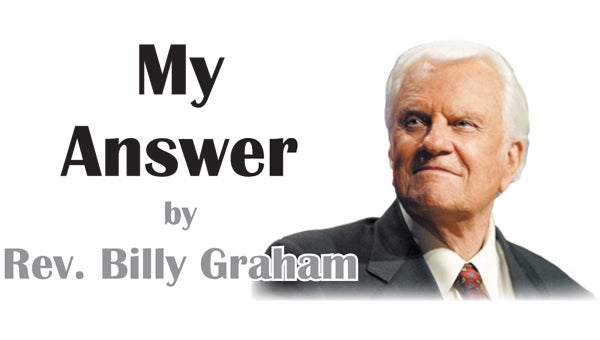Collaboration can be effective for Northeast Tennessee
Published 9:11 am Wednesday, January 10, 2018
By JON HARTMAN
When you hear the word collaboration, the last thing that pops into your mind is local governments — or any type of government on some days. This is a weakness for us local governments. We worry about losing our control, losing our identity, or, worse yet, losing our government completely to a consolidation. Yet, when we look at examples of local governments collaborating, we commonly see great success — Silicon Valley, Napa Valley, the Research Triangle, and recently the Opportunity Initiative in Southwestern North Carolina.
Regional collaboration can be highly effective in a number of ways, including comprehensive transportation, economic development, and comprehensive land-use. By ensuring that roads, bikeways, and pedestrian infrastructure are in place regionally allows residents, businesses, and tourists to flow more easily through the entire area.
This additionally helps economic development throughout the region, making commuting and doing business easier and more fluid. What’s good for growth in one government or community is good for the other communities.
Tying land-uses together through collaboration is also beneficial to ensure that regulations are similar throughout the region and that each community’s growth will be well matched with the other community’s growth.
Collaboration can also help provide a regional identity. Gatlinburg, Pigeon Forge, Sevierville, and Sevier County consistently collaborate with each other on projects and have developed an identity as an access to the Smoky Mountains with beautiful vistas and became a vacation destination. This regional identity has catapulted all the governments and communities into economic success.
Regional collaboration allows us to take the best elements from each government or community and bring them to the table. What one community’s weakness is may be another’s strength. One community may have better housing, another a better industrial base, another better quality of life, and yet another a more beautiful city. Each of these communities must not have every element, but it allows all of the cities to offer something unique to the entire region.
Locally, Elizabethton is a part of the Johnson City Metropolitan Statistical Area. The U.S. Office of Management and Budget creates this area. A standard they use is that of an area containing a large, populated city and adjacent communities that have a high degree of economic and transportation integration with that large city.
We have already been defined as having a high interaction with Johnson City, Jonesborough, and Unicoi. When a large new business or industry moves into one of those communities, Elizabethtonians benefit. When a major new state highway is built in one of those communities Elizabethtonians benefit. What could we accomplish if we started collaborating? Is it time for us to join with our surrounding communities to begin collaborating regionally? The answer may be yes, the answer may be no, but either way let’s start talking about it!
(Jon Hartman is Director of Planning & Economic Development for the City of Elizabethton. He can be contacted at 423-542-1503 or by e-mail: jhartman@cityofelizabethton.org)




